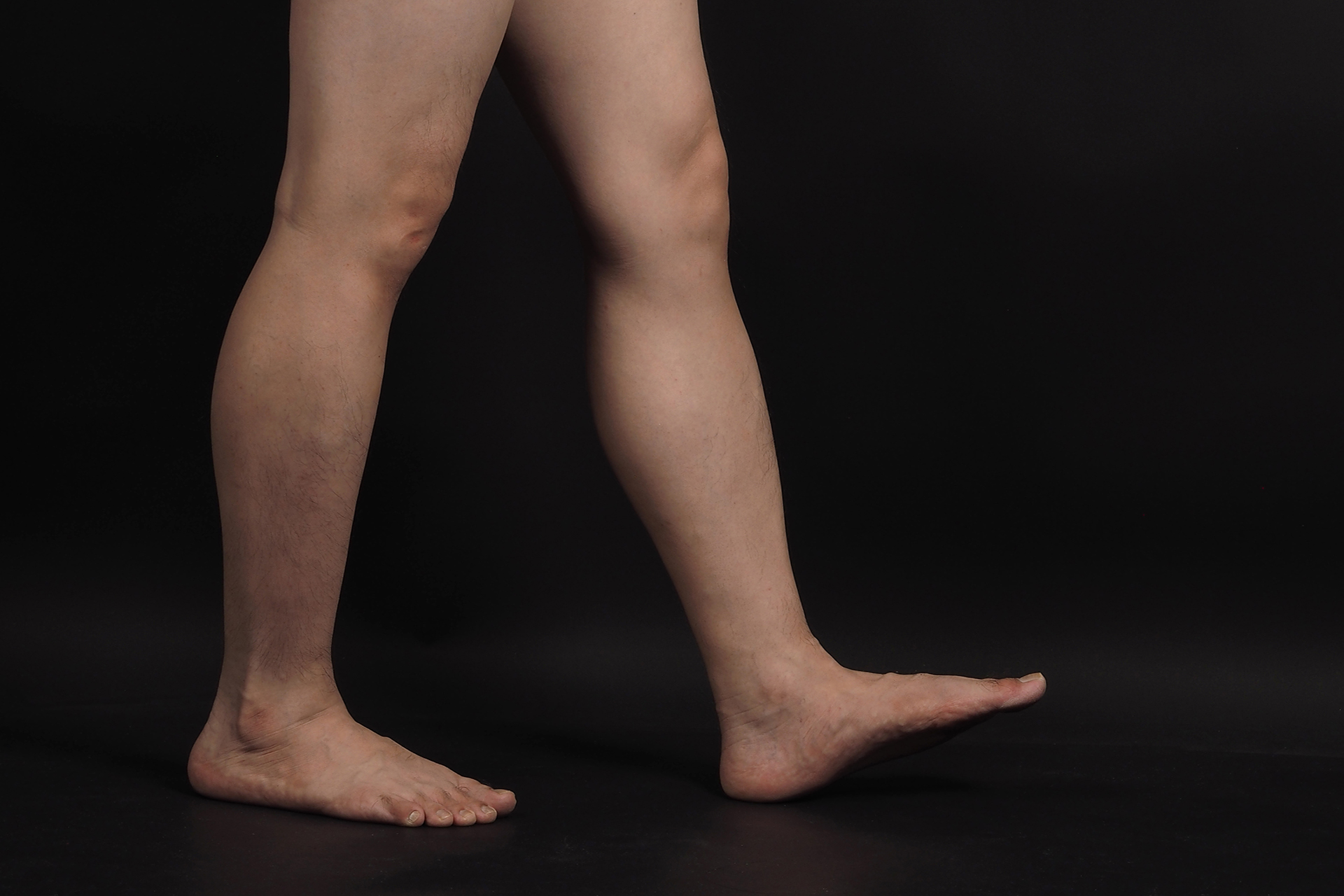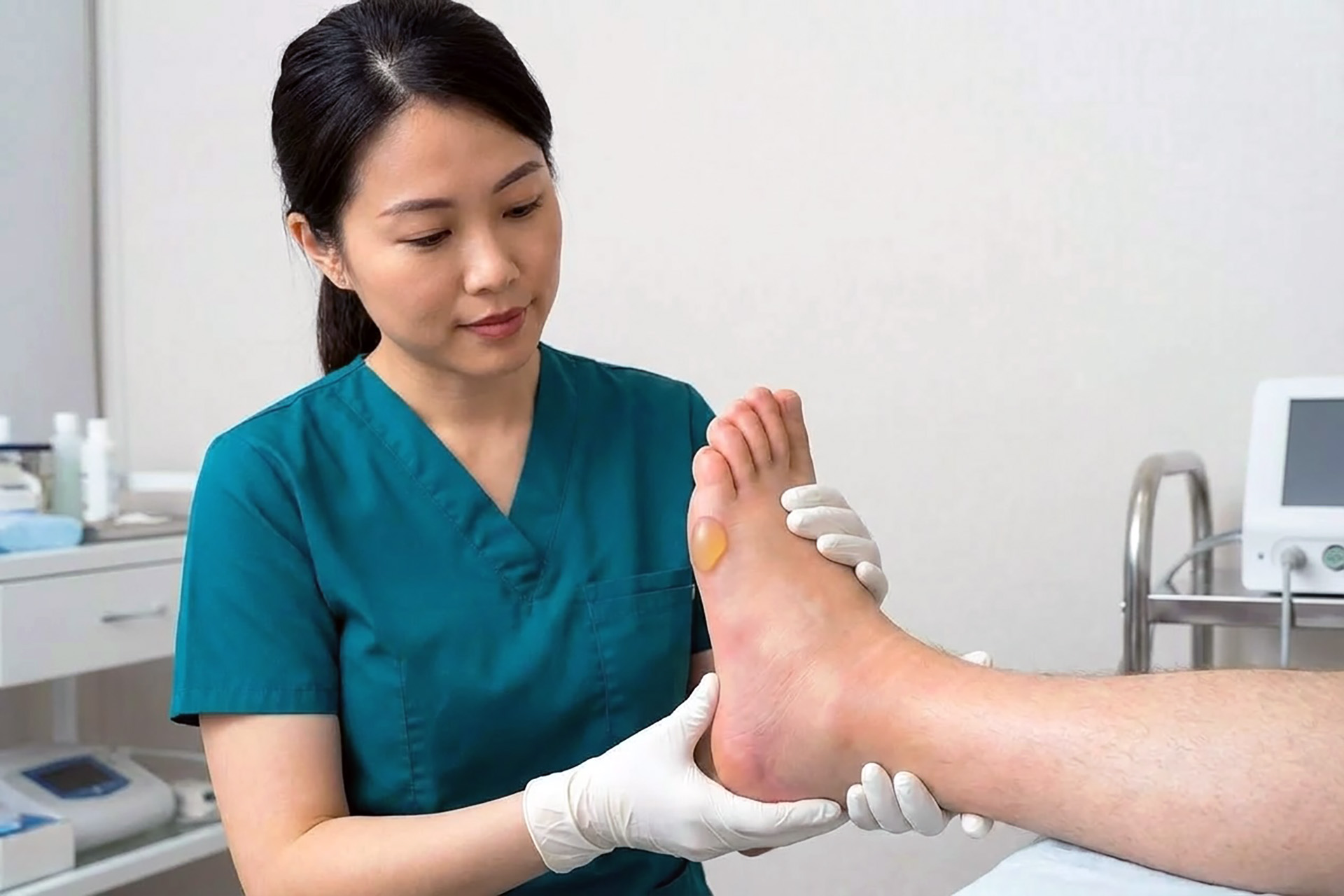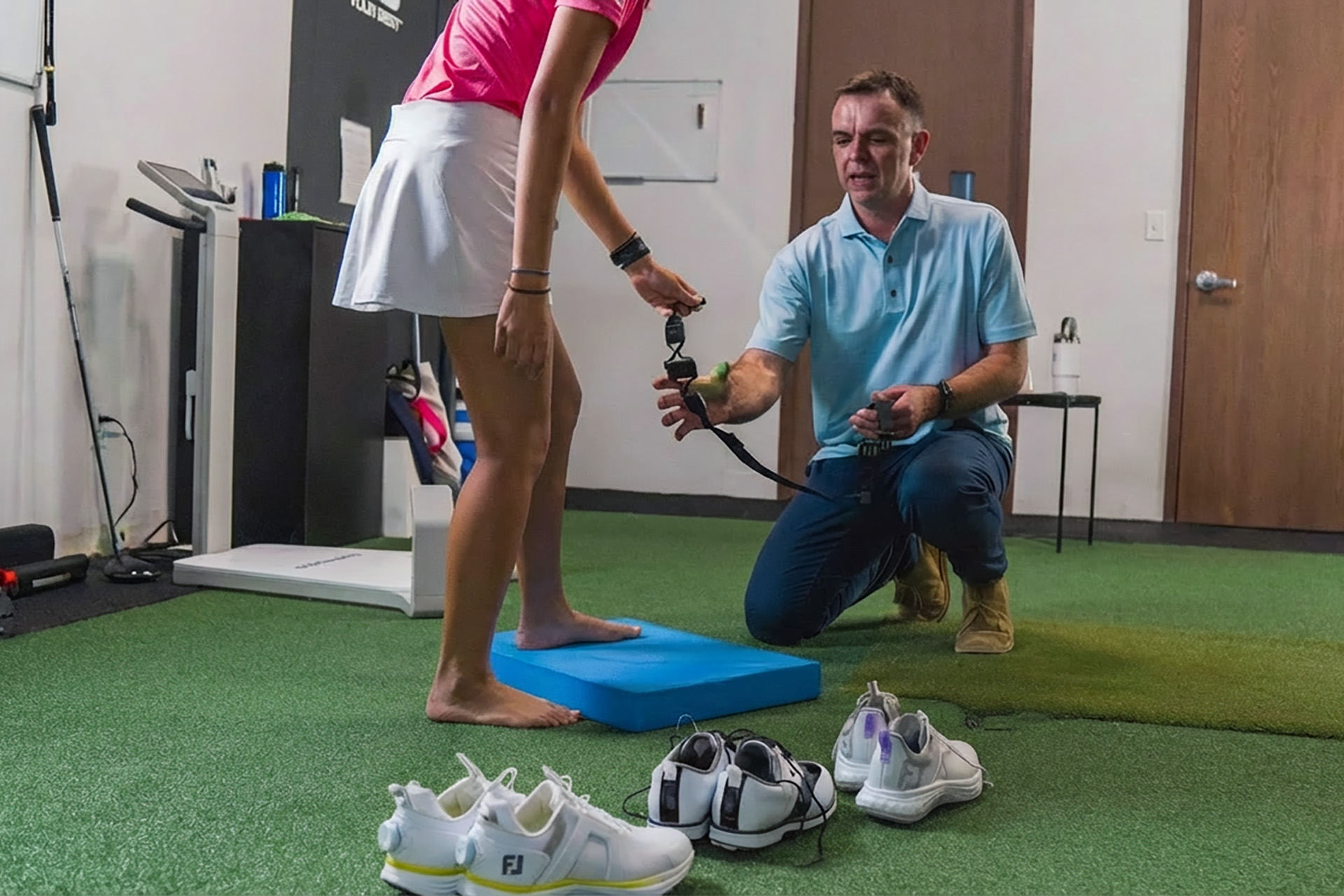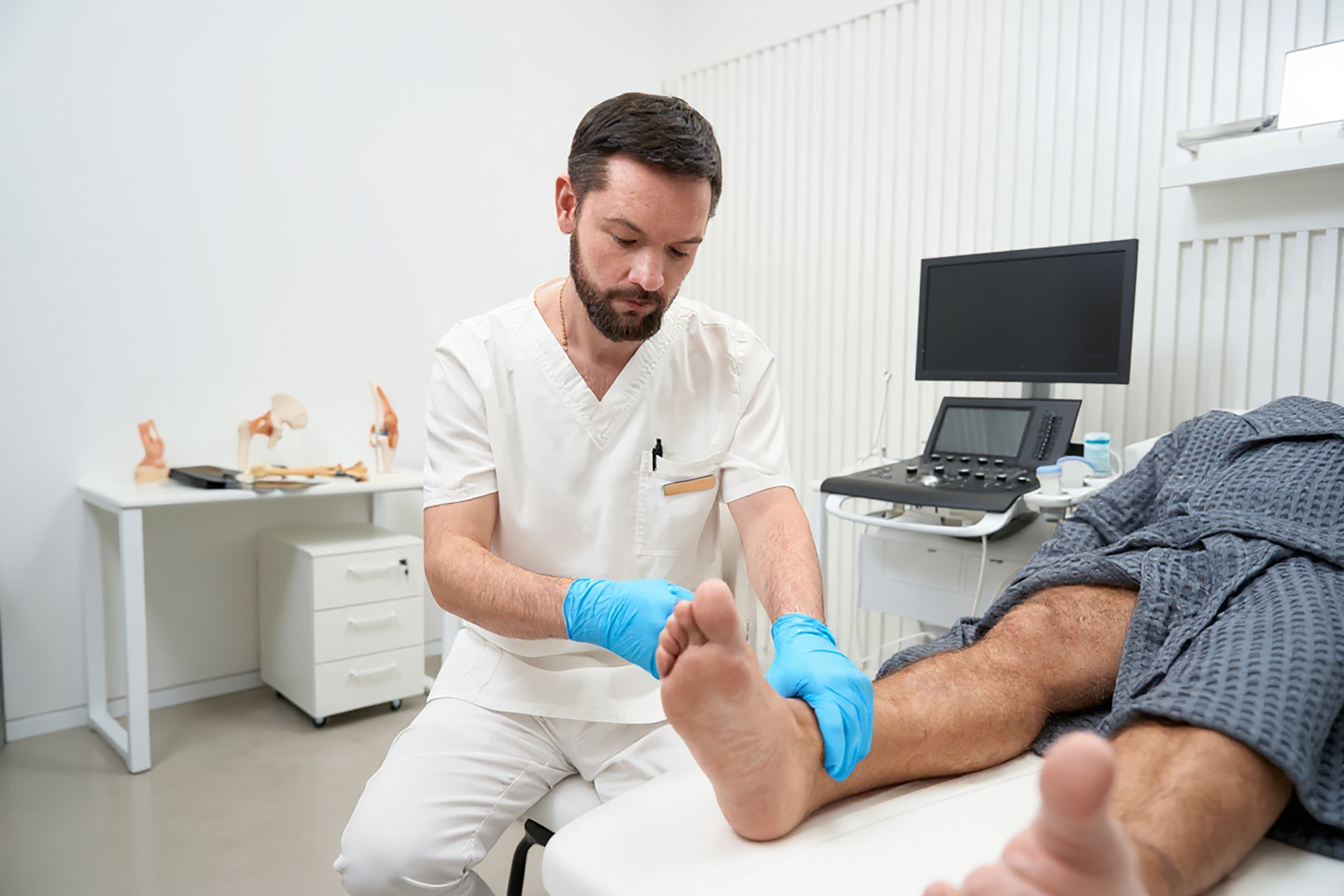The sacroiliac joint is not one we think of often, but that doesn’t mean it isn’t important. It plays a vital role in connecting your spine and pelvis, making it crucial for overall mobility. More specifically, it covers the surfaces of the ilium and sacrum and offsets the load from the upper body to the lower body. Like any joint, problems can arise.
The problem is called sacroiliitis, in which the sacroiliac joint becomes inflamed, impairing its ability. This inflammation can cause discomfort, stiffness, and pain. Since the sacroiliac joint connects the upper and lower body, sacroiliitis can have an adverse effect on other parts of the body beyond the joint. These areas include the hips, buttocks, legs, and even the feet.
What Leads To Sacroiliitis?
Sacroiliitis is usually caused in one of two ways. The first is an acute injury, where a single traumatic event damages the joint. These include motor vehicle accidents or falls, which impact the area surrounding the joint. The damage can be either direct or indirect; all that matters is that the joint has been damaged.
Sacroiliitis can also be caused by other medical conditions, such as osteoarthritis or “wear-and-tear” arthritis, where the joint’s surface becomes worn down over time. Rheumatoid arthritis, where the body’s immune system attacks the joints, is another form of arthritis that can cause sacroiliitis. These cases differ from acute injury in that the damage accumulates over time.
The hormones created during pregnancy can affect the sacroiliac joint, leading to inflammation. In rare cases, the joint can become infected, leading to inflammation.
How Do Your Feet Connect To Sacroiliitis?
Your feet are an important part of the health of the rest of your body, including the sacroiliac joint. Every step you take connects to your pelvis and lower back, as the forces are transferred from the floor, into your feet, and up the body. However, if your feet are not working properly, your risk of sacroiliitis increases.
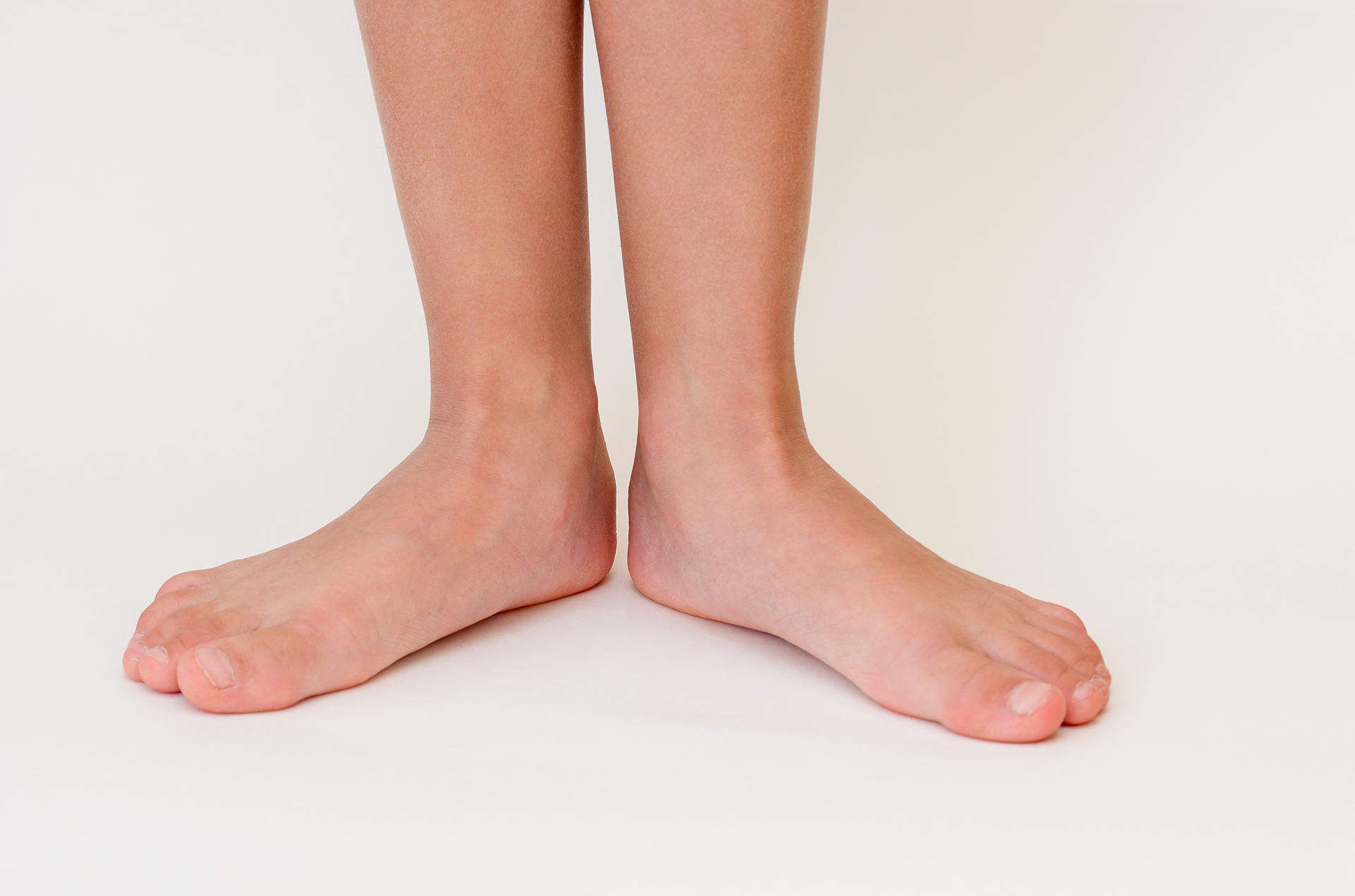
For example, flat feet, where the arch is unable to support the body’s weight, often leads to excessive pronation. That means the leg rotates inwards to accommodate the foot, leading to an awkward movement within the pelvis. Over time, this can damage the pelvic region and affect the connected joints, such as the sacroiliac joint.
High arches, the opposite of flat feet, can also lead to sacroiliitis for a similar reason: rather than rotating inward to support the body’s weight, feet with high arches cause the leg to rotate outwards. This, again, is an unnatural movement and, over time, will harm the pelvis and lower back.
Out-toeing, where the foot rotates outwards when walking, also increases your risk of sacroiliitis. Healthy feet can make for a healthier pelvis, lowering your chances of sacroiliitis.
Management of Sacroiliitis
Sacroiliitis is one of many common causes of lower back pain. It can be hard to diagnose as it resembles lumbar disc herniation and spinal stenosis. Before treating your condition, your podiatrist will conduct tests to determine whether you have sacroiliitis and how severe it is. Following diagnosis, they can discuss various options to manage the condition.
Physical therapy can be very helpful for sacroiliitis, as it can increase flexibility and strength in the afflicted area. Some patients may experience pain when they attempt to move their body in a certain way. Physical therapy can help them build their strength and mobility to reduce those symptoms in the sacroiliac joint. As sacroiliitis affects the body’s posture, physical therapy correcting the body’s posture can conversely positively affect the condition.
Medication can also help alleviate symptoms by reducing pain around the joint or relaxing the muscles for patients experiencing muscle spasms. Patients with severe pain may need steroidal injections to reduce the swelling; however, this is usually only considered after nonsteroidal treatments have failed.
Preventing Sacroiliitis
Addressing foot problems is an easy first step to reducing your risk of sacroiliitis. If your arches are abnormal, either too high or too flat, wearing supportive shoes or custom-made orthoses can reduce your symptoms and prevent unnatural leg rotation. These custom-made insoles can do a great deal to correct your feet and help your body restore its posture.
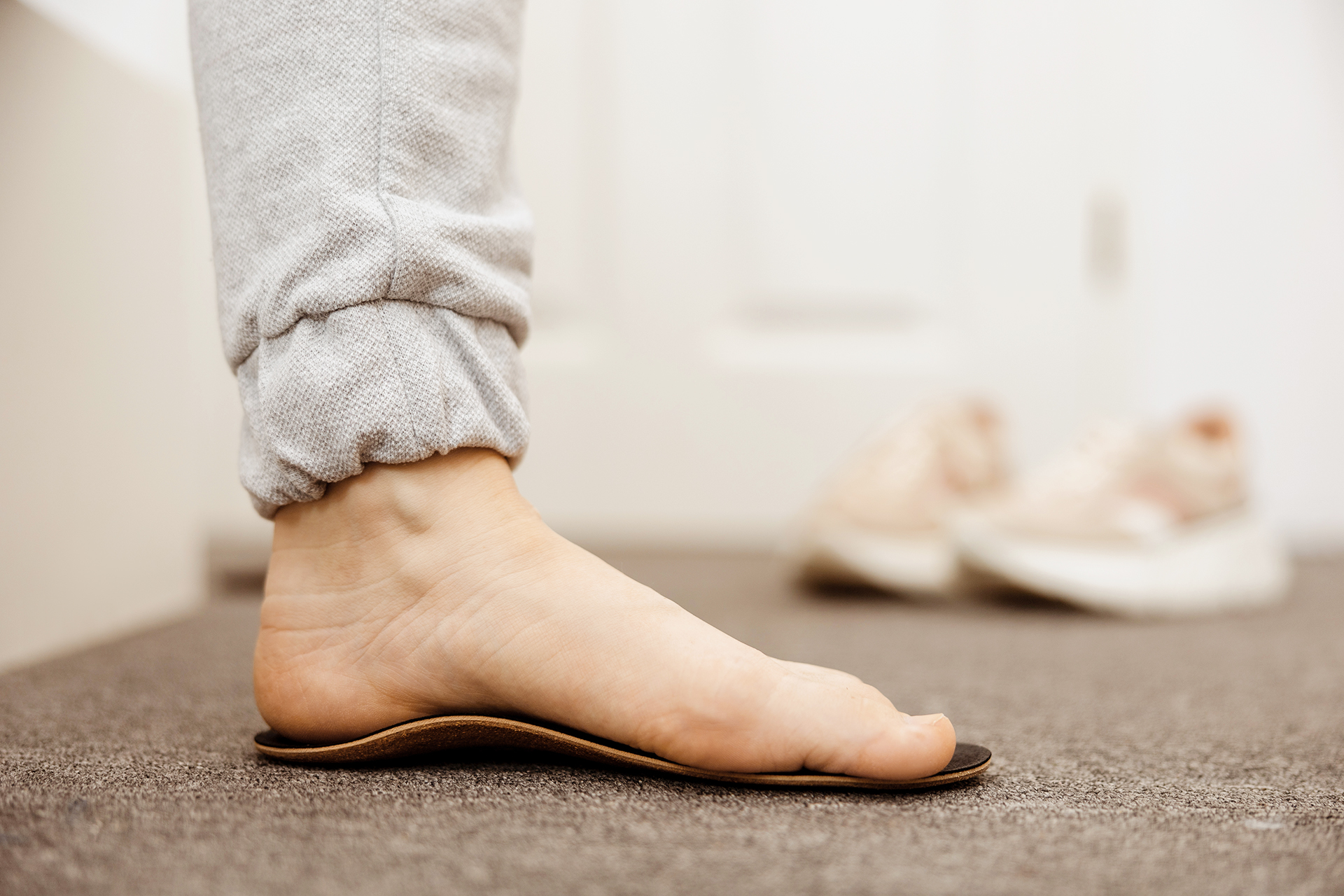
If you have concerns about how your gait affects your posture, a 3D Gait Analysis can also be conducted to check for potential problems and detect almost imperceptible biomechanical issues early.
Practising good posture and stretching are also small things you can do to reduce the load on your pelvis, lower your chances of falling, and keep your feet healthy.
Your foot health contributes to your overall health. If your feet are not working properly, your chances of developing conditions such as sacroiliitis increase. If you are experiencing foot problems, seek an expert podiatrist to avoid complications.
If you have sacroiliitis symptoms or have already been diagnosed, a podiatrist can be the right practitioner in your corner as they can help you combat your symptoms with good foot health. Make an appointment today at The Foot Practice to explore options for the management of your sacroiliitis.

